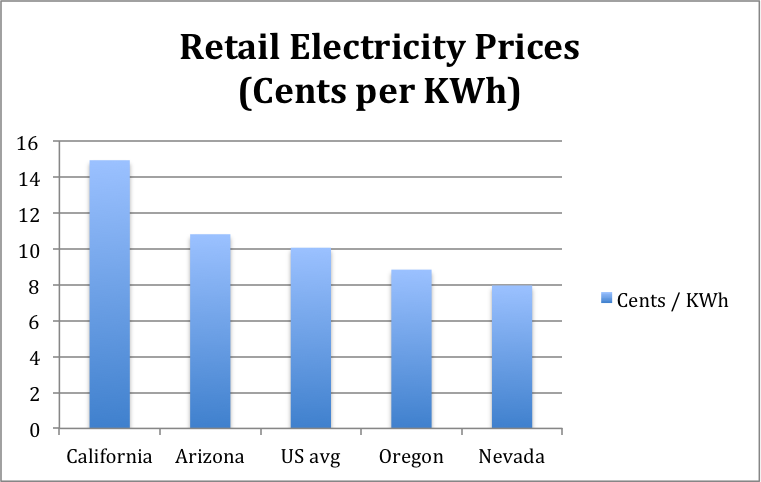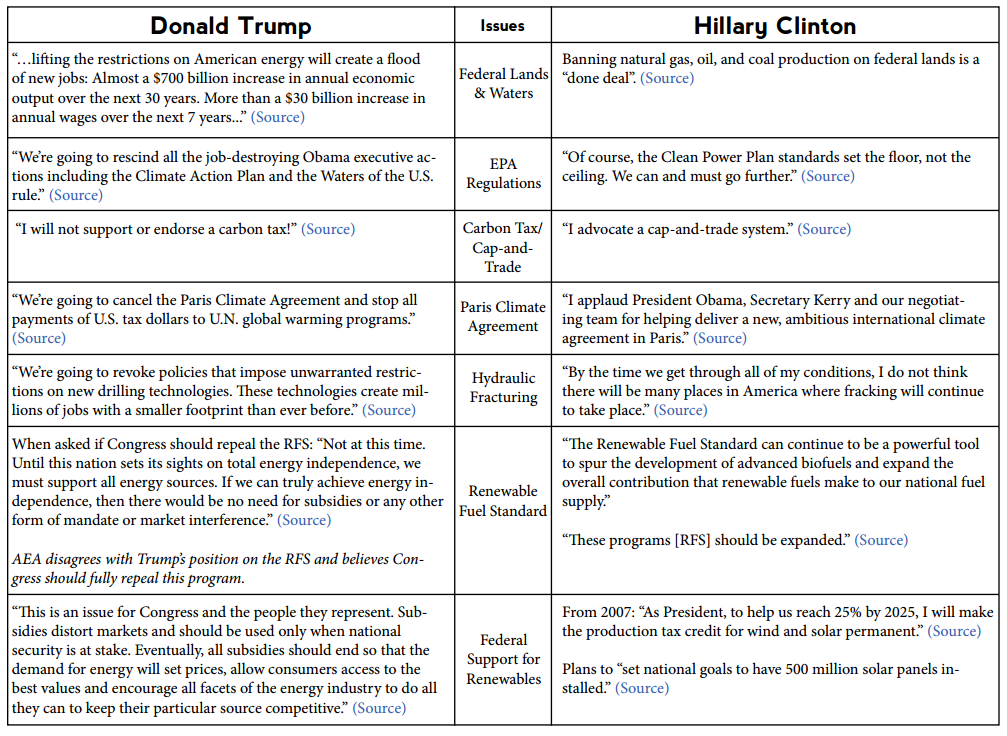This week, the White House announced that it was designating 87,000 acres of land in northern Maine to as a national monument, once again demonstrating the Obama administration’s anti-democratic tendencies and their disdain for the wants and wishes of state and local leaders.
The new Katahdin Woods and Waters monument surrounds Baxter State Park and Mt. Katahdin in rural northern Maine, bordering the Penobscot River. These lands were gifted to the federal government by a private donor. Surrounding these lands are thousands of acres of deep forests and riverways used for fishing and hunting and is home to many local businesses. In particular, the forests have supported Maine’s paper and timber industries for hundreds of years.
The private owner of the land wanted it made into a National Park. However, national park designations require Congressional action. Maine’s Congressional delegation broadly disapproved of such action because Mainers are concerned, given the federal government’s track record, of reduced economic activity and a loss of jobs. Locals strongly opposed such a designation and the Maine Legislature even passed a bill disapproving of this measure.
These concerns effectively killed the possibility of designating these lands a National Park. In the end, White House ignored the state and local officials and unilaterally chose to designate it as a National Monument via the Antiquities Act.
National Parks and National Monuments differ in a few ways. Parks are administered by the National Parks Service (NPS), while Monuments can be administered by the NPS as well as a handful of other agencies. Ultimately, the end result is the same — these lands fall under the control of the federal government. The administration has used this tactic in Western states to cordon off land that would otherwise be used for energy and natural resource development. For example, the federal government owns nearly 70 percent of land in Utah, blocking oil and gas development on much of it.
Herein lies the issue: the landowners and the administration knew Congress would never designate this land a Park given Mainers’ concerns of increasing the federal estate in Maine, so the administration simply designated the land a National Monument under the Antiquities Act. The Antiquities Act allows the President “to declare by public proclamation historic landmarks, historic and prehistoric structures, and other objects of historic or scientific interest that are situated upon the lands owned or controlled by the Government of the United States to be national monuments.” Frequently, this results in the annexation of land that could be used for natural resources development or other commercial enterprise.
Both donating this land to the federal government and designating it a Monument is unnecessary and counterproductive, and only serves to further the narrative that the federal government can and should block off more and more land from private development. Mainers have a strong history of private landownership and conservation. If the owner wished to allow the public to use this land in perpetuity, that was certainly possible. This Monument designation will worsen the stewardship of the land and add to the growing — and disgraceful — backlog of NPS maintenance deferrals. Consider the fate of the San Gabriel Mountains National Monument as reported by the L.A. Times:
Visitors to the San Gabriel Mountains can be forgiven if they see overflowing trash bins, broken marijuana pipes, graffiti and road kill and wonder what became of President Obama‘s vision for the wilderness.
Nearly a year after he upgraded Southern California’s mountainous backyard to national monument status, with a promise of a cleaner and safer wilderness, little has changed.
Last week, Abby McCrea, 34, a marriage and family therapist who rides her bike in the mountains at least once a month, looked at the surrounding landscape and wondered aloud, “New monument? Where is it?”
Trash, broken beer bottles and other blight were present in abundance. Porta Potties and interpretive signs were covered by graffiti. Ravens pecked at dead snakes and squirrels that had been run over by drivers along a two-lane road.
Designating land as a National Monument does not mean that the land will be better cared for, or that there will even be money to care for the land. This has been a much-used tactic by the current administration to block land from energy and natural resources development, under the guise of stewardship. Contrary to the belief of this administration, land preservation and environmental stewardship is better done at the state and local level. In fact, states have proven far more effective at protecting and preserving the wilderness than the federal government. The Antiquities Act gives the President far too much power to designate lands with little thought for how they will be cared for. This also continues the trend of the federal government prohibiting lands from being used for private enterprise, particularly prohibiting energy development. Congress should look to reform the Antiquities Act in order to rein in the Executive’s power over our nation’s lands.



